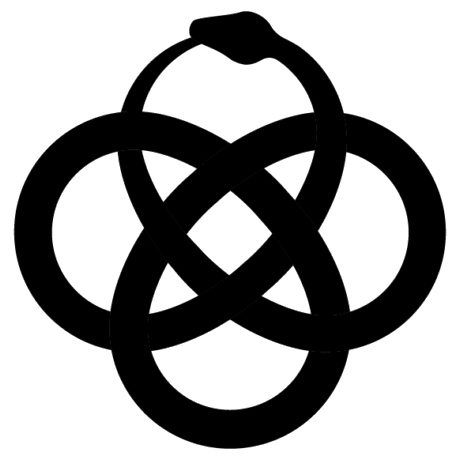Martha Blake

Sometimes the experience of life can result in numbed feelings of meaninglessness, depression, identity confusion, exhaustion, loss of creativity, or emptiness. At other times, trauma is accompanied by the painful feelings of loss, grief, anxiety, anger, guilt, chronic pain, or problems with relationships and work.
Jungian Analysis is a soulful method of working with life issues and emotions that is based on the teachings of the Swiss physician, Carl Gustav Jung. Jungian Analysis focuses on complexes, unconscious patterns, symptoms, relationships, the development and maturation of the personality—a process Jung called individuation.
Meeting once a week in a confidential, honoring environment, the client and analyst create a space for the symbolic to emerge from conversations, experience, dreams, drawings, fairytales, myths or sand tray. Gradually, a synthesis may occur. Over time, many clients report feelings of self-acceptance, transformation, authenticity, and renewed energy for life.
James A. Hall, MD, a Jungian Analyst, published a little book describing the process of analysis called The Jungian Experience: Analysis and Individuation. Murray Stein, PhD, also a Jungian Analyst, offers an overview of analysis in his book Jung’s Map of the Soul: An Introduction. Research demonstrates the efficiency of Jungian Analysis. (Link)
Jungian Psychotherapy
Jungian Psychotherapy, like Jungian Analysis, is based on the teachings of Carl Gustav Jung, MD. Jungian Psychotherapy is problems- and solution focused therapy. Jungian Psychotherapy focuses on an experience that is troubling the client and the development of new skills with which to engage the world. Jungian Psychotherapy is less philosophical and more practical than Jungian Analysis.
Usually meeting once or twice a week in confidential, respectful sessions, the client and therapist explore the ways the client engages with others and practice tools that allow the client to modify an automatic inner and outer response to the world. Some practical tools include compassionate communication, self-care, meditation, typology testing, or coaching. Homework between sessions may include watching a movie or a YouTube video, journaling, reading, or joining a group.
Harry Wilmer, PhD, wrote an illustrated book called Practical Jung: Nuts and Bolts of Jungian Psychotherapy that clients may read piecemeal by opening to any page. A book by Marshall Rosenberg, PhD describes a practical communication method, known as Nonviolent Communication: A Language of Life. Research demonstrates the efficacy of psychodynamic psychotherapy. (Link)
